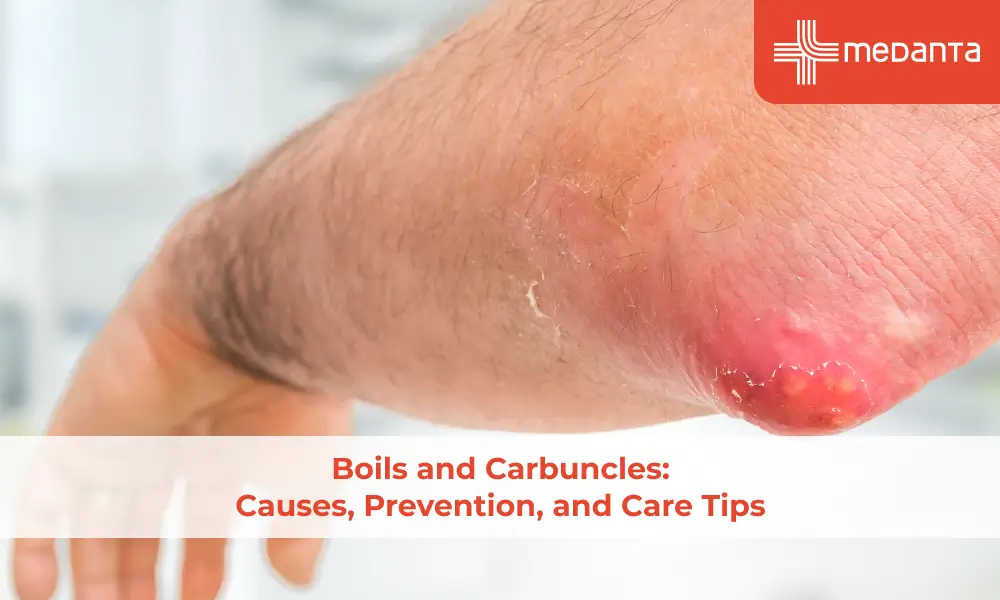Effects of Pollution on your Lungs

The kind and mixture of pollutants in the air, their concentration, and how much of the pollution enters your lungs all play a role in how air pollution affects your lungs.
You may notice a quick onset of symptoms if you are exposed to high pollution levels, such as on a busy road or during a high pollution episode. These include coughing, feeling out of breath, and inflamed airways. You should see your doctor for a reassessment if you discover that these symptoms occur frequently.
High pollution levels can exacerbate lung-related symptoms, including an asthma attack or a COPD flare-up if you have one. Asthma patients may discover that they have to use their reliever inhaler more frequently than normal whenever pollution levels are high. It's crucial that you routinely use your asthma inhaler.
Risks of particle pollution:
Studies have connected exposure to particle pollution to several adverse impacts on respiratory health, including:
- Respiratory signs such as coughing up mucus and wheezing
- A sudden, reversible decline in lung capacity
- Inflammation of the lungs and airways
- Respiratory hyperactivity
- Respiratory trips to the emergency room
- Admissions for respiratory conditions
- Development of asthma
Particle pollution-related health impacts are more likely to affect those with heart or lung illness, elderly people, children, people with diabetes, and people from lower socioeconomic backgrounds.
Even in seemingly healthy individuals, prolonged exposure to increased particle pollution will decrease respiratory function. This is true even though the respiratory system has amazing resistance to air pollution thanks to its recurrent mobilization of defense and repair systems. Therefore, even if we cannot prevent exposure to particulate pollution, taking modest measures to decrease exposure can lessen the severity of the negative effects on the lungs and the overall health of both healthy and more sensitive individuals.
Types of pollutants:
Two typical types of air contaminants that can accumulate to dangerous amounts and harm lung health are:
Ground-level ozone smog: In the presence of sunlight, a chemical interaction between nitrogen oxides (NOx) and volatile organic compounds (VOCs) produces ground-level ozone pollution, also known as smog. VOCs are organic substances that may quickly transform into vapors or gases, like motor exhaust. NOx gases are created during combustion when nitrogen and oxygen combine. The burning of gasoline in automobile engines is one of the main sources of NOx emissions.
When the weather is hot, bright, and windless, ozone concentrations can reach dangerous levels. Unlike ozone, which naturally occurs in the higher atmosphere and is advantageous due to its protective properties, ground-level ozone is a man-made air pollution that may be hazardous to both people and the environment. The ozone levels are usually at their maximum in the evening and their lowest in the early morning.
Soot: The term "soot" refers to microscopic airborne particles or droplets that are practically invisible to the human eye and are typically a byproduct of combustion, such as wood smoke, diesel exhaust from vehicles, or emissions from power plants.
Soot can reach high levels under the same weather conditions as smog. Particle pollution may concentrate at any period of the year when there are dry, quiet, and clear circumstances. Soot reduces visibility and causes the air to appear hazy when levels are elevated.
Air pollution as a cause of lung conditions:
Studies on controlled human exposure as well as animal exposure have shown that when particles are accumulated in the respiratory system in large enough quantities, inflammation can result. The particle dosage and composition affect the degree of lung inflammation. Increased indicators for lung inflammation have been seen in regulated human exposure studies after exposure to several different particle types.
Inflammation in the airways makes them more sensitive to irritants such as cold air, particle pollution, allergens, lipopolysaccharides, and gaseous pollutants. It can also impair lung function by constricting the airways. Inflammation can harm or kill cells on a cellular level and jeopardise the stability of the alveolar-capillary barrier. The initial harm is made worse by repeated particle pollution exposure, which also encourages chronic inflammation with cellular proliferation and remodelling of the extracellular matrix.
To respond to particle pollution, the pulmonary immune system and other defensive systems must be activated. The pathogenesis and development of inflammatory respiratory illnesses like asthma are significantly influenced by the overall balance between damage (inflammatory activity) and healing (anti-inflammatory defences). Particle pollution inhalation may have an impact on the stability or advancement of these illnesses by causing inflammation in the respiratory system.






